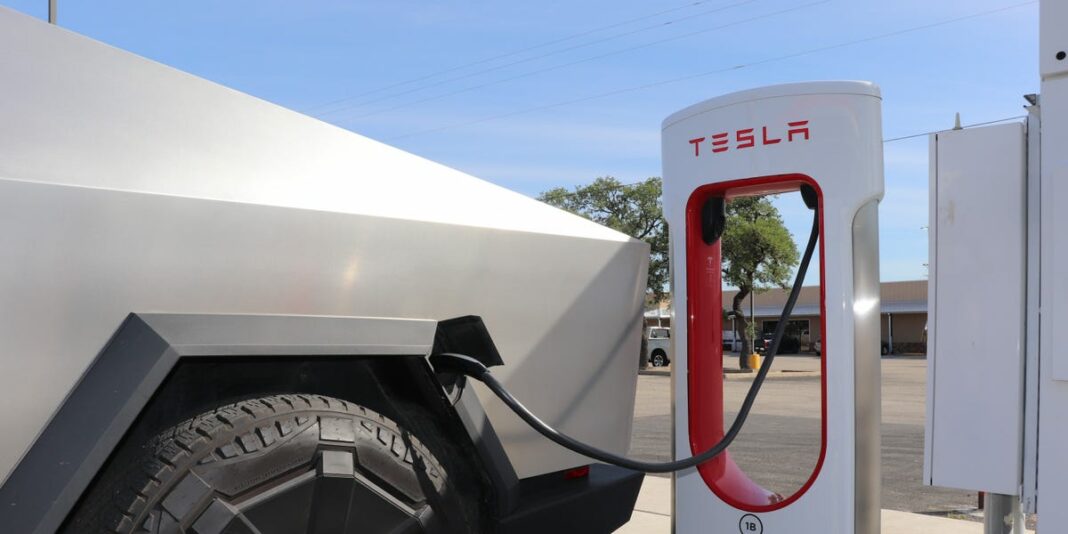The lack of EV charging infrastructure is so bad it’s driving owners back to gas-powered cars
Electric vehicles (EVs) are the future of transportation, offering a cleaner and more sustainable alternative to traditional gas-powered cars. However, despite the growing popularity of EVs, the lack of adequate charging infrastructure is becoming a major barrier to widespread adoption.
The Problem
One of the main challenges facing EV owners is the limited availability of charging stations. While major cities and urban areas may have a relatively high concentration of charging points, rural and suburban areas often lack sufficient infrastructure.
This lack of access to charging stations can be particularly problematic for EV owners who rely on their vehicles for daily commutes or long-distance travel. Without convenient and reliable charging options, EV owners may find themselves stranded or unable to complete their journeys, leading to frustration and inconvenience.
The Impact
As a result of the inadequate charging infrastructure, some EV owners are beginning to reconsider their choice of vehicle. In fact, a recent study found that a significant percentage of EV owners have returned to driving gas-powered cars due to the difficulty of finding charging stations.
This trend is troubling for several reasons. Not only does it undermine the environmental benefits of EVs, but it also perpetuates the reliance on fossil fuels and contributes to air pollution and greenhouse gas emissions.
The Solution
In order to encourage greater adoption of EVs and reduce the reliance on gas-powered cars, it is crucial to invest in the expansion of charging infrastructure. This includes installing more charging stations in public areas, workplaces, and residential communities, as well as upgrading existing infrastructure to support faster charging speeds.
In addition to expanding the physical infrastructure, it is also important to improve the availability of charging information through mobile apps and online platforms. By providing real-time data on the location and availability of charging stations, EV owners can better plan their routes and ensure they have access to charging when needed.
Conclusion
The lack of EV charging infrastructure is a significant barrier to the widespread adoption of electric vehicles. Without convenient and reliable charging options, some EV owners are being driven back to gas-powered cars, undermining the environmental and sustainability goals of transitioning to electric transportation.
It is essential for policymakers, businesses, and communities to work together to invest in and expand the EV charging infrastructure, making it easier and more convenient for EV owners to access charging stations. By doing so, we can accelerate the transition to electric vehicles and reduce our reliance on fossil fuels.
FAQs
Q: Why is the lack of EV charging infrastructure a problem?
A: The lack of EV charging infrastructure makes it difficult for EV owners to find convenient and reliable places to charge their vehicles, leading to frustration and inconvenience.
Q: What can be done to address the lack of EV charging infrastructure?
A: To address the lack of EV charging infrastructure, it is important to invest in the expansion of charging stations in public areas, workplaces, and residential communities, as well as improve the availability of charging information through mobile apps and online platforms.




